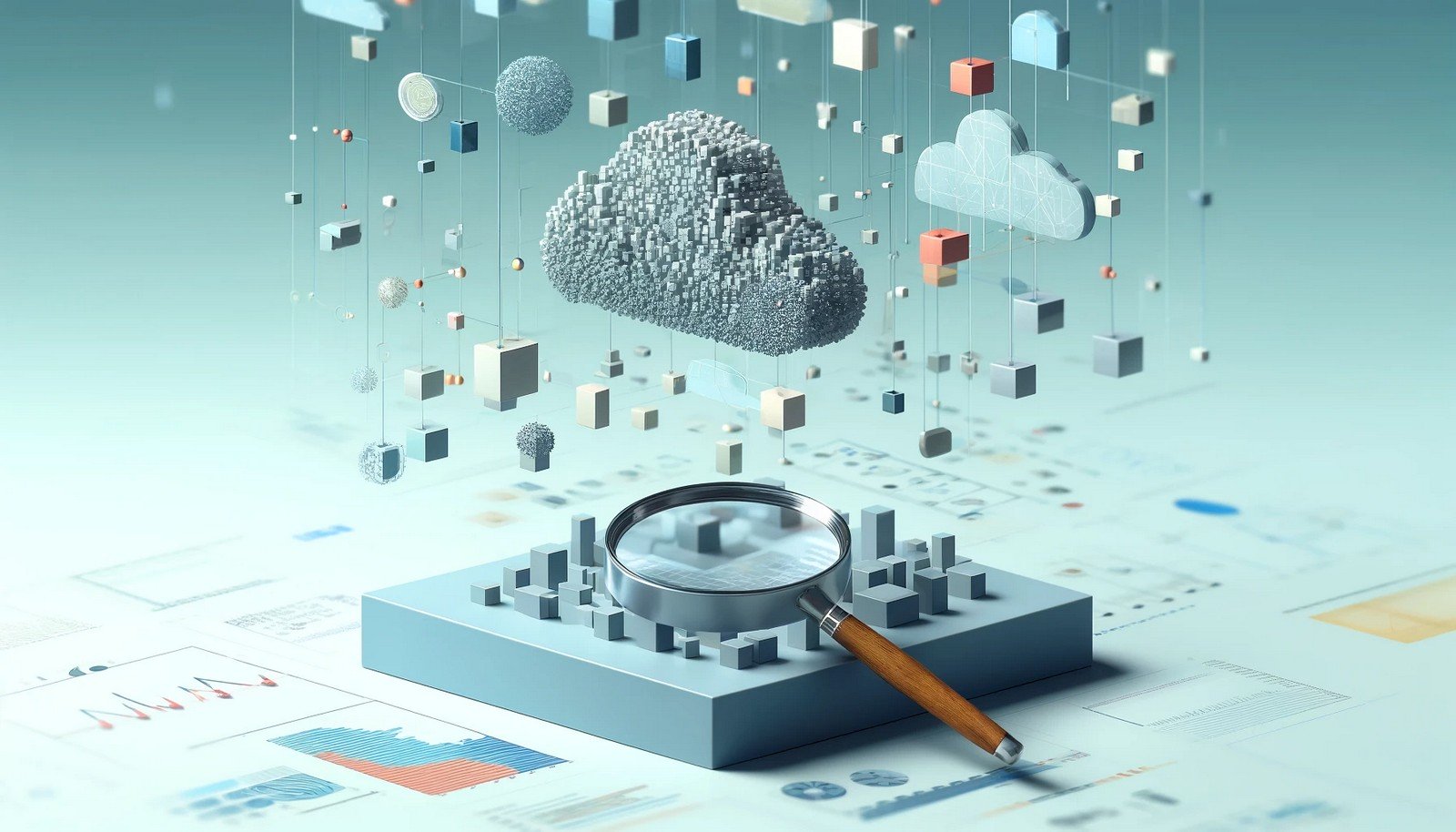Data Mining

Quick Navigation:
- Data Mining Definition
- Data Mining Explained Easy
- Data Mining Origin
- Data Mining Etymology
- Data Mining Usage Trends
- Data Mining Usage
- Data Mining Examples in Context
- Data Mining FAQ
- Data Mining Related Words
Data Mining Definition
Data Mining is the process of analyzing large datasets to identify patterns, correlations, and trends that can provide valuable insights. Technically, it involves using algorithms and statistical methods to sift through complex datasets and extract useful information. Data mining techniques include classification, clustering, regression, association, and anomaly detection, which help uncover hidden patterns and predict future outcomes. This technology is commonly used in fields like finance, healthcare, marketing, and cybersecurity to make data-driven decisions.
Data Mining Explained Easy
Imagine you have a huge pile of Lego blocks mixed up in a box, and each block represents a piece of information. Data mining is like going through this box to find pieces that match each other or form specific patterns, like shapes or colors. When you find certain patterns, it helps you understand something new about the blocks, like which ones go together or what kind of structure you can build!
Data Mining Origin
Data mining as a concept started gaining traction in the 1960s and 1970s when computers became powerful enough to handle large datasets. Originally, it was used in simple statistical analysis, but as technology advanced, data mining evolved with the help of machine learning and artificial intelligence. The term "data mining" itself became popular in the 1990s, as businesses began to recognize the potential of large-scale data analysis for gaining insights.
Data Mining Etymology
The phrase "data mining" combines "data," derived from Latin datum, meaning “something given,” and "mining," which refers to the extraction of valuable materials from the earth. Together, it implies the extraction of useful information from vast amounts of data.
Data Mining Usage Trends
Data mining has become increasingly popular with the exponential growth of data and advancements in artificial intelligence. In the early stages, it was primarily used in scientific and business research, but today it is widely employed in various sectors including retail, finance, healthcare, and social media analysis. The rise of big data and cloud computing has expanded its accessibility, enabling small and large organizations alike to adopt data mining practices. The trend is expected to continue growing as data remains an integral asset for decision-making.
Data Mining Usage
- Formal/Technical Tagging: Data Analysis, Knowledge Discovery, Pattern Recognition
- Typical Collocations: data mining techniques, data mining process, data mining tools, data mining applications, data mining methods
Data Mining Examples in Context
Companies use data mining to analyze customer purchasing patterns and develop targeted marketing campaigns.
In healthcare, data mining helps in identifying disease trends and predicting patient outcomes by analyzing large medical datasets.
Financial institutions leverage data mining to detect fraud by spotting unusual patterns in transaction data.
Data Mining FAQ
- What is data mining used for?
Data mining is used for analyzing large datasets to identify patterns and trends that aid decision-making. - How does data mining work?
It uses algorithms to process and analyze data, uncovering relationships, trends, and patterns. - Is data mining legal?
Yes, but it must comply with privacy laws and regulations to protect individual data. - Can data mining be automated?
Yes, data mining can be automated using machine learning and artificial intelligence techniques. - What industries benefit from data mining?
Industries like healthcare, finance, retail, and telecommunications use data mining extensively. - What is the difference between data mining and data analysis?
Data mining focuses on discovering patterns, while data analysis interprets and describes data. - Are there risks with data mining?
Yes, risks include data privacy breaches, biased algorithms, and incorrect predictions. - What is the role of AI in data mining?
AI enhances data mining by automating complex analyses and identifying patterns more efficiently. - Is data mining the same as machine learning?
No, data mining is a process that uses machine learning as a tool to find patterns in data. - What tools are used for data mining?
Tools like SAS, RapidMiner, and Weka are commonly used for data mining.
Data Mining Related Words
- Categories/Topics: Machine Learning, Artificial Intelligence, Big Data, Business Intelligence, Data Analytics
- Word Families: data miner, data mined, data mining tool, data-mining process
Did you know?
In 2014, a data mining analysis of social media posts helped authorities track down and control the spread of the Ebola virus in West Africa. By monitoring social media for mentions of symptoms and locations, data miners were able to help predict outbreak patterns and respond more effectively, demonstrating how data mining can be a valuable tool in public health.
PicDictionary.com is an online dictionary in pictures. If you have questions or suggestions, please reach out to us on WhatsApp or Twitter.Authors | Arjun Vishnu | @ArjunAndVishnu

I am Vishnu. I like AI, Linux, Single Board Computers, and Cloud Computing. I create the web & video content, and I also write for popular websites.
My younger brother, Arjun handles image & video editing. Together, we run a YouTube Channel that's focused on reviewing gadgets and explaining technology.



Comments powered by CComment